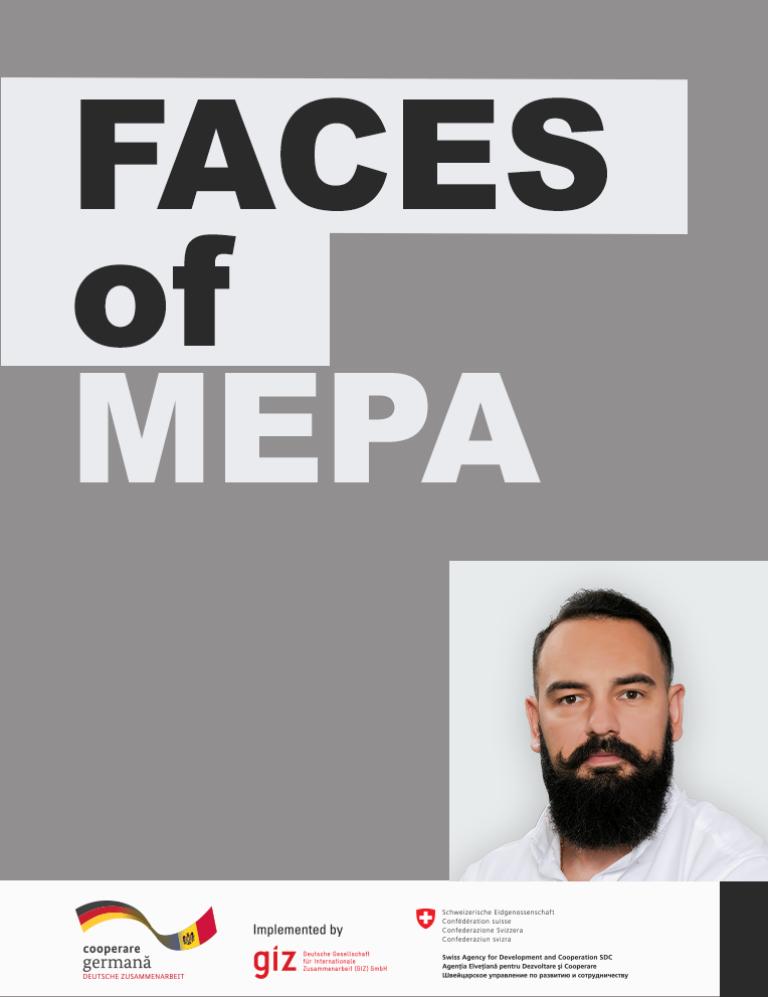>>>

The work In Memoriam. In Memory of the Heroes Who Fell at the Nistru (1992) was developed within the Center for Culture and Military History and published under the auspices of the Government of the Republic of Moldova, the Bureau for Reintegration, and the Ministry of Defense of the Republic of Moldova. Authors: Gheorghe Bălan, Vitalie Ciobanu, Gheorghe Cojocaru.
This work provides a retrospective of the events that led to the outbreak of the war on the Nistru, accompanied by photographs of the heroes who lost their lives in the battles to defend the independence and territorial integrity of the Republic of Moldova.
On March 2, 1992, the political conflict in the Nistru region escalated into a true fratricidal war. Under the fabricated pretext of "defending Russia's southern borders," political adventurers from the former Soviet metropolis encouraged Transnistrian separatism by arming secessionist paramilitary groups. At the same time, thousands of mercenary Cossacks and prisoners released early from jails, along with tanks and missiles, were sent against Independent Moldova, in a desperate attempt to revive the fallen empire.
Russia's undeclared war against the Republic of Moldova left behind hundreds of dead and wounded, shattered families, and villages in ruins. More than 50,000 peaceful residents from the conflict zone were forced to flee their homes, seeking refuge from the horrors of war.
For the sake of freedom and the future, Moldova's defenders faced death, enduring the hardships and humiliations of war.
During the Nistru war, 198 soldiers of the National Army and 89 personnel from the Ministry of Internal Affairs lost their lives, while 40 combatants went missing without a trace, and nearly 300 were left disabled.











 31 August 1989 St., 121 A, MD 2012, Chisinau, Republic of Moldova
31 August 1989 St., 121 A, MD 2012, Chisinau, Republic of Moldova












































